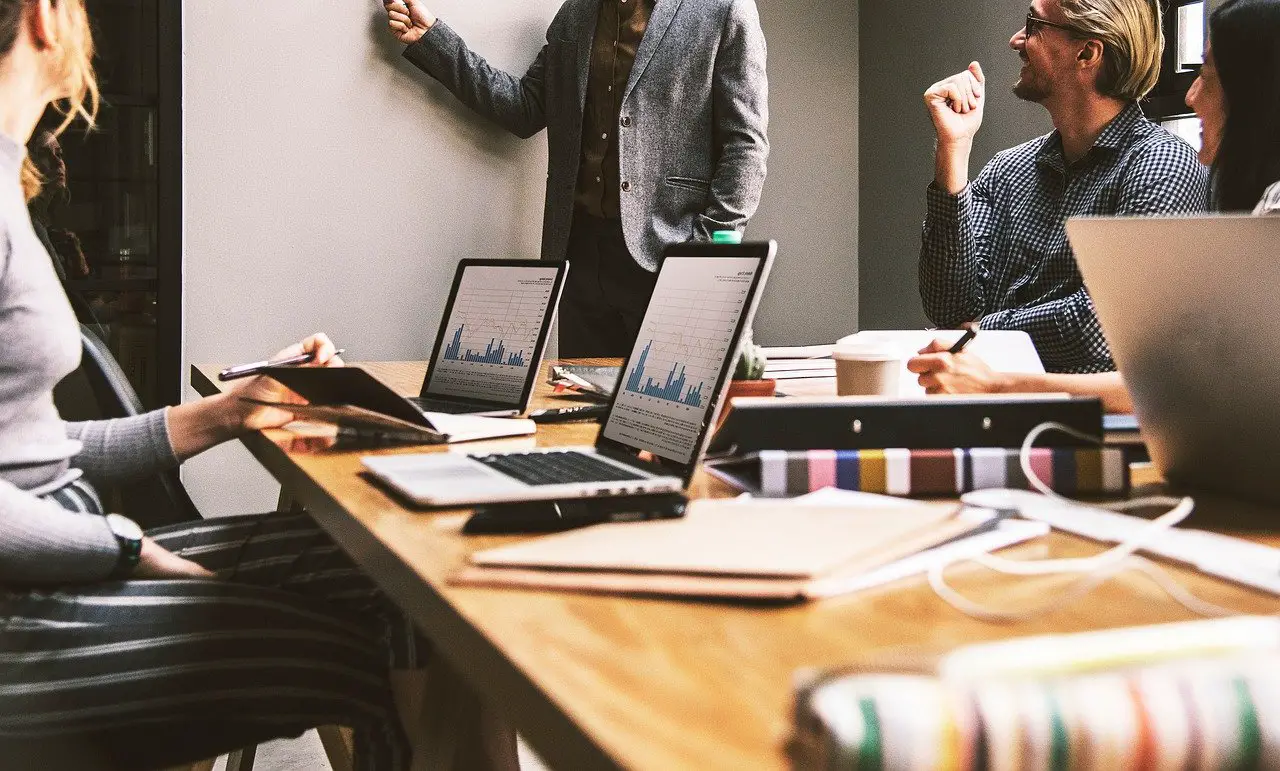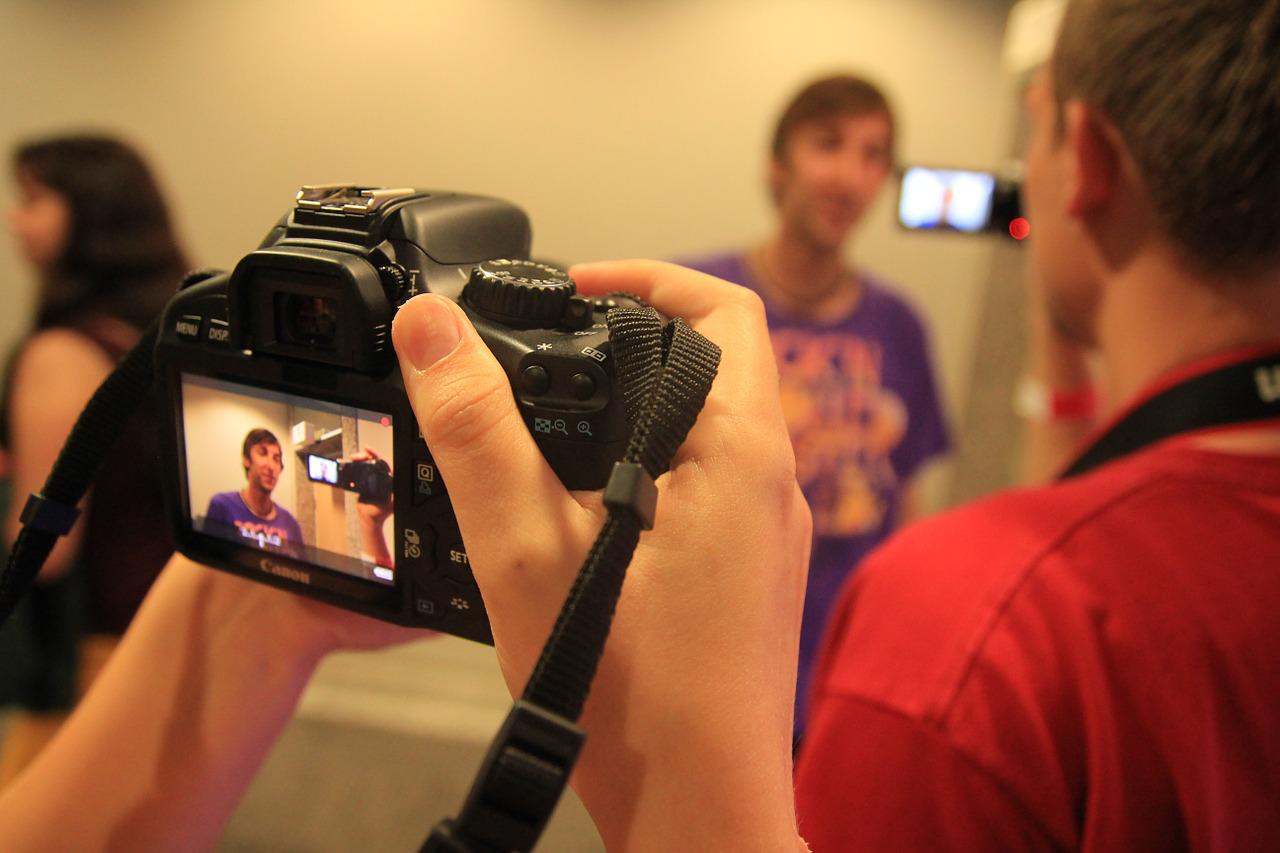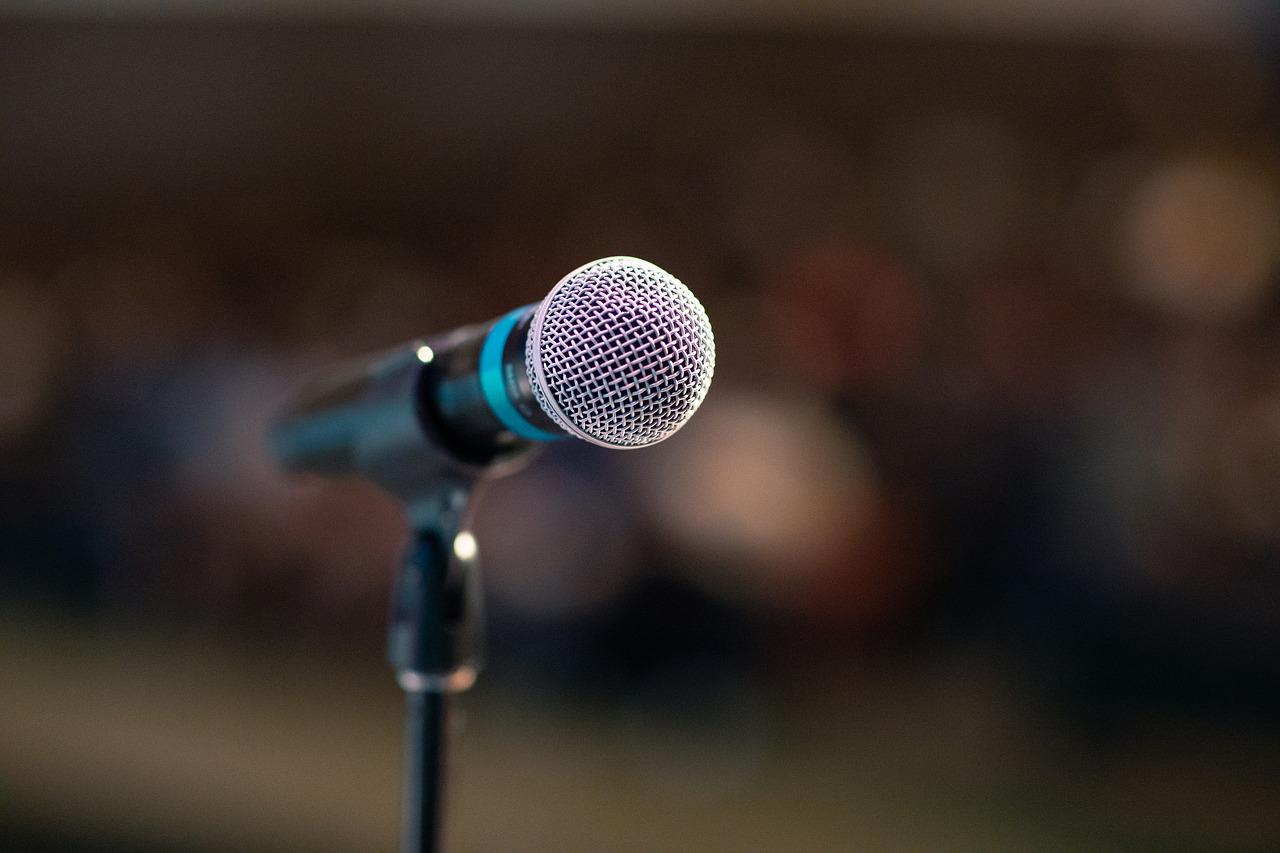Colombia-MICE is part of the Pelecanus Travel Group. We are located in Bogota, Colombia. We are specialized in corporate travel and all services around Meetings, Incentives, Conferences, and Exhibitions.
It comes as no great surprise that business tourism was one of the hardest hit by the health crisis caused by COVID-19 in 2020/21.
Among many other factors, the main challenges for the MICE industry include travel restrictions, restrictions on the implementation of events, reduced capacities to avoid contagion, changing forms of work and the need to adapt to a new reality.
Nevertheless, the industry has reacted to reduce the impact of the pandemic on its operations, thus responding in the best possible way to the crisis and remaining optimistic about the market going forward.
Whilst the sector has happily recovered, we should not disregard what started then and what is still affecting the sector today, which is why we present this summary of the post-COVID-19 MICE industry process.
Content
The MICE industry before COVID-19
Before the pandemic, this tourism sector experienced significant growth because, in addition to the numerous events, congresses and exhibitions that were held every year around the world, there was an increasing number of business trips by companies, both group and individual.
So much so, that a CWT Meetings & Events report on the sector revealed just over 10% growth in demand for the various services that make up the MICE industry. Kurt Ekert, CEO of the same organization, confirmed that “the global meetings and events industry can look forward to an optimistic 2019” thanks to the incredible response to new trends such as security issues, the implementation of better technologies, sustainability concerns and the demand for unique experiences.
For this reason, the number of cities that have focused on the development of a tourism offer specifically tailored to this type of audience has increased sharply, since in recent years in countries with greater socio-economic stability, among other things, the number of specialized events, the number of people entering and leaving the country and the economic growth of the hotel industry have increased.
What has changed in the MICE industry after COVID-19?
Like most industries in the world, business tourism has not stood still in the face of the challenges posed by COVID-19. But the sudden onset of the epidemic in recent years has forced industry professionals, agencies, travelers and event organizers to rethink their products and operations for the future. It’s no lie that those who only offered personal services were badly positioned and had some problems, but the introduction of new options helped them kickstart their business again.
Regardless of the post-pandemic era, what most countries and sector players have in common is that they have found virtual tools to replace in-person activities, which not only bring significant financial savings but are often more practical. However, this is not a definitive threat to face-to-face events because while the replacement of face-to-face events may be ideal for a some time, it is not ideal and it is still possible to continue operations as they have been conducted in the past.
We will now focus on other areas that have also had to adapt beyond digitization to keep the industry alive.
The new post-pandemic reality
Technology has never been more important, whether for human relationships or commerce. Technology has become the main ally of everyone, including those working in the MICE segment.
And not only that: part of the new post-pandemic reality is also the implementation of new hygiene measures such as distancing, use of masks and vaccination schedules, which are mandatory both in the workplace and when traveling or attending events.
Basic telecommuting
Businesses couldn’t just slow down their activities so remote working was the perfect option and in some cases it was the most positive thing left after the pandemic. Before the health crisis, the ability to work from home was not considered sufficient, but it has proven to be effective.
In Colombia, more and more companies are adopting teleworking and, according to the Ministry of Information and Communication Technologies ( Ministerio de Tecnologías de la Información y las Comunicaciones ), 45,000 people are currently working in this form.
This has become important as several studies have shown that employee motivation and performance have increased.
Among the advantages that teleworking brings, these were the most important:
- Higher productivity means higher income and business growth as well as savings in travel time,
- Costs have been significantly reduced through savings in the maintenance of company buildings and utilities. There were significant savings for workers on fuel, parking, public transport and food costs.
- The quality of life of workers has improved because they can be with their families.
- The acquisition of new technologies was a great advantage because technology is the basis for teleworking. The companies that have invested in platforms for the development of this modality have been able to optimize their resources and for their employees it has been an opportunity to update their knowledge and understand the correct use of office tools, software, applications, etc.
How were the events influenced?
In order to achieve a rapid upswing in MICE tourism, many factors in the organization of events had to be reconsidered in order to comply with the specifications.
The main changes that have been made include:
- New modalities such as virtual or hybrid events and meetings: with the help of technologies and a good distribution of participants, the biggest change for holding any type of event has been to adapt. Initially, the events were held via streaming, which was a great advantage as the number of participants increased and the attendance of people from all over the world was facilitated. Hybrid events, which are still widespread today, can combine the best of the face – to -face elements with the virtual elements.
- On the other hand, many organizations have chosen to postpone events instead of canceling them because the worst thing that can happen to an organizer is event cancellation due to the loss of many resources such as large sums of money and time to plan meetings.
- More than ever, social media has become the direct means of communication for event promotion as it more easily reaches target audiences. In addition, their use reduces personal contact and favors the preparation of the biosecurity measures required by the new normal in the space where the exhibition, event, congress or meeting is taking place.
- An important change that is still being seen in many venues is that smaller audiences are required depending on the capacity of the venue.
MICE destinations after COVID-19
Aside from events and conventions, incentive travel is undoubtedly the most affected by the post-pandemic situation. Nevertheless, the post-pandemic period is a time when employee motivation is more necessary than ever. Travel agencies are aware of this, which is why they have had to expand their offer and adapt their prices and services to the needs of companies.
According to a study by the Ostelea School of For example, tourism management cities such as London, Barcelona and Berlin top the list of the ten most popular travel destinations for the MICE industry in Europe year after year, followed by Amsterdam, Paris, Madrid, Frankfurt, Rome, Munich and Prague. However, after the health emergency, there has been a boom in the choice of so-called secondary destinations for hosting MICE events, as they not only offer a new option but also offer better value for money than other major cities. Some of these destinations are Slovenia, Lithuania and Malta.
New accommodation measures
Due to the large influx of MICE travelers into the hotels, some changes had to be made to the accommodation measures.
Hotels and lodging establishments are places where there is a high level of interaction between guests and employees, and in the business world there is always additional contact between business travelers and others at their destination.
For this reason, the World Health Organization has called for these aspects to be considered:
- the accommodation of guests,
- the accompanying services (e.g. food and drink, cleanliness, organization of activities),
- and the interactions that take place specifically in hospitality establishments.
In addition, all employees on the farm should now take basic biosecurity measures, such as B:
- constant hand washing,
- physical distancing,
- Avoid touching your eyes, nose and mouth
- precautions when coughing and sneezing,
- mandatory use of masks,
- Isolation and seeking medical attention if symptoms consistent with COVID-19 occur.
In addition, adequate and constant disinfection of all areas of the property is mandatory to ensure the safety of visitors.
What’s next for the industry after COVID-19?
With so many changes in the industry, it’s important to keep in mind that MICE tourism is not in danger of disappearing. Therefore, thanks to the commitment of all the associations of this segment and their participants, thanks to the tools acquired during the health emergency, the prospects for the future are quite promising.
The future of the MICE industry
In general, the future of the MICE industry depends on how its players react to the problems left by the pandemic. A clear example of what to expect is the project developed by the MICE South America Alliance, which offers an analysis of changes in the industry.
One of the key findings is that this market continues to bet on hosting events. A clear example of this is that, according to the study, 60% of institutions plan to hold at least three events in each of the next five years after 2020.
However, the return of face-to-face events is more than optimistic, provided that a new space is also opened for the hybrid modality, with which the associations hope to reach and even increase the usual number of participants, as well as the scale and impact of their Event.
Back to face- to -face
On the other hand, the post -Covid era is synonymous with a return to face-to-face encounters, bringing with it a number of factors in travel destination choices, some of which, as noted above, include biosecurity, entry requirements, vaccinations required by the destination, and last but not least the budgets offered.
According to the MICE South America Alliance, the services most requested by tourist organizations for the organization of events and conventions are primarily:
- hotel,
- virtual platforms,
- convention centers/venues,
- audio visual equipment
- and transportation services.
Therefore, all companies offering these services must prepare themselves to adapt again to the new demands of the market in order to be able to provide all their services in accordance with the new market demands.
Finally, regarding the return of incentive travel, the said study emphasizes that in the short term (roughly the second half of 2021 and 2022) a significant percentage of agencies can be expected to receive requests and many companies during this period offer for travel will have been submitted.
The following aspects are trendsetting for this segment in the new post-COVID-19 era:
- Groups of maximum of 100 participants,
- The travel duration from 3 to 6 days,
- a minimum budget of $1,000 per person,
- a slight bias towards choosing 5-star hotels, a minimum budget of $1,000 per person, a slight bias towards 5-star hotels
Recovery of the MICE industry
Nothing is as certain as the fact that for the recovery of MICE tourism it is necessary to improve the facilities for everyone involved and to rely on patience and flexibility, because the recovery has already started and according to a report by the Spain Convention Bureau (SCB) to reach 100% of pre-pandemic activity in 2024. As mentioned in the study, the economic impact of the MICE industry reached 12,314 million euros in 2019, while the pandemic brought a 75% decrease in 2020 and an economic impact of 5,079 million euros in 2021.
On the other hand, not only to reactivate tourism in general, but also to help local economies recover in the different countries, the measures that have helped keep this sector afloat during the pandemic are being reinforced:
- The resumption of events that were postponed in 2020: A significant percentage of the events that could not take place this year were able to resume in 2021 and to a large extent in 2022.
- In order to stimulate this segment again, the event and congress centers in the big cities are being modernized and adapted.
- Another aspect that has contributed is experimenting with new technologies to enrich events. For example, thanks to virtual reality, augmented reality, virtual stages and other technologies that ensure more safety and a plus experience for visitors.
- Finally, as mentioned earlier, whether you are attending an event or an incentive trip, it is vital to the reactivation of the MICE industry that all safety protocols are in place.
In addition, it is more than important to understand the importance of working with third parties, such as B. the governments of the individual countries, in order to reactivate all stakeholders in the field of business tourism.




